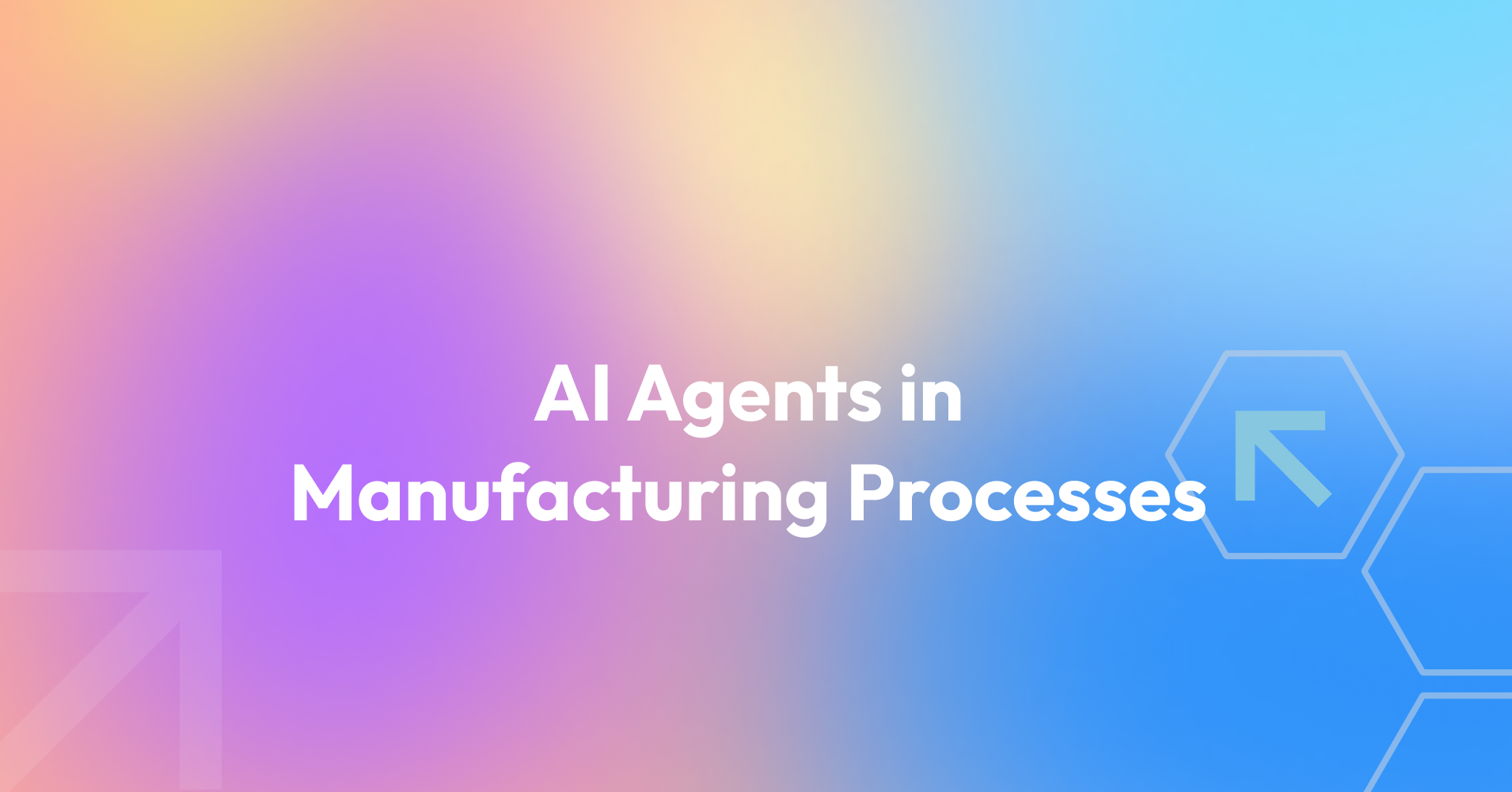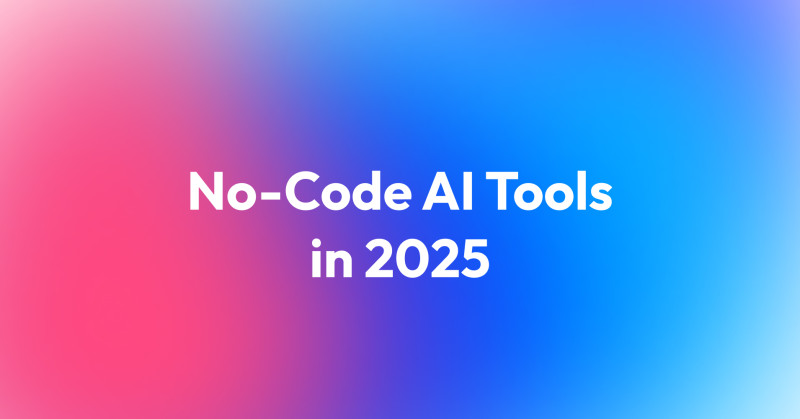The manufacturing sector is at a turning point. As global competition intensifies and supply chains grow increasingly complex, VPs of Engineering and Manufacturing are under constant pressure to improve productivity, reduce operational costs, and increase flexibility. Traditional process improvements and automation tools have already delivered many gains — but AI agents are now emerging as the next major lever for manufacturing efficiency and cost reduction.

What Are AI Agents — And Why Are They Different?
Unlike traditional automation systems, AI agents are autonomous software entities capable of:
-
Analyzing real-time data
-
Making decisions based on complex rules
-
Communicating with other systems and agents
-
Continuously learning and optimizing their actions
In the context of manufacturing, AI agents can actively manage production lines, monitor equipment, predict maintenance needs, and even adapt processes dynamically based on current conditions.
According to Deloitte, companies that integrate advanced AI technologies into manufacturing processes can achieve up to 20-30% improvements in overall operational efficiency.
Key Areas Where AI Agents Drive Manufacturing Efficiency
1. Predictive Maintenance and Downtime Reduction
Unexpected machine failures are one of the biggest sources of unplanned downtime and lost revenue. AI agents continuously monitor sensor data from machines, identifying early warning signs of wear and tear or anomalies.
-
Result: Preventive repairs are scheduled before breakdowns occur.
-
Impact: Studies from McKinsey show that predictive maintenance powered by AI can reduce unplanned downtime by up to 50% and extend equipment life by 20-40%.
2. Real-Time Production Optimization
AI agents can monitor production lines in real time, analyzing variables such as:
-
Machine speed
-
Temperature
-
Energy usage
-
Quality metrics
Based on this data, AI agents dynamically adjust process parameters to optimize throughput, minimize waste, and maintain consistent quality.
-
Example: In semiconductor manufacturing, AI-driven real-time process control has reduced defect rates by 15-25%, improving both yield and profitability.
3. Intelligent Quality Control
Quality assurance traditionally relies on manual inspections or fixed rule-based systems. AI agents equipped with computer vision and machine learning can inspect products at every stage, identifying even subtle defects that human inspectors might miss.
-
Benefit: Consistent product quality and reduced rework rates.
-
ROI: Companies report 10-20% reductions in scrap and rework costs after adopting AI-powered quality control.
4. Energy Optimization
Manufacturing is energy-intensive. AI agents analyze consumption patterns across machines, shifts, and production schedules, identifying inefficiencies and recommending optimal energy usage.
-
Savings: Energy costs can often be cut by 5-15% through dynamic AI-based optimization, according to the International Energy Agency (IEA).

How AI Agents Enable Cost Reduction Beyond the Factory Floor
The benefits of integrating AI agents extend far beyond immediate process improvements. They also support:
-
Smarter inventory management: AI agents predict material needs more accurately, reducing carrying costs and avoiding stockouts.
-
Workforce optimization: AI helps balance workforce allocation, reducing overtime and idle labor.
-
Supply chain resilience: Agents can flag risks and suggest alternative suppliers or transport routes.
According to Boston Consulting Group (BCG), full-scale AI integration across manufacturing operations can unlock cost reductions of 15-25% overall.
Real-World Adoption: Leading Companies Show the Way
Many leading manufacturers are already embracing AI agents:
-
Siemens uses AI agents to optimize factory workflows, achieving significant reductions in cycle time.
-
Bosch applies AI-powered predictive maintenance across multiple plants, improving uptime and reducing maintenance costs.
-
Foxconn integrates AI agents into its assembly lines for real-time defect detection and process adjustments.
These early adopters are setting new standards for manufacturing efficiency and cost reduction that others will soon follow.
Challenges VPs Must Navigate
While the potential is significant, implementing AI agents comes with challenges:
-
Data readiness: High-quality, real-time data streams are essential for AI agents to function effectively.
-
Workforce adaptation: Employees must be trained to trust and collaborate with AI systems.
-
System integration: AI agents must seamlessly connect with existing MES, ERP, and control systems.
-
Governance: Ethical, regulatory, and cybersecurity frameworks need to be established to ensure safe and compliant AI operations.
Strategic Takeaway for VPs of Engineering and Manufacturing
For VPs of Engineering and Manufacturing, integrating AI agents represents a high-impact opportunity to:
-
Increase process agility
-
Maximize equipment utilization
-
Strengthen product quality
-
Reduce operational costs
The companies that move early to adopt AI agent technologies will gain a significant competitive edge in the next generation of industrial manufacturing.
In today's environment — where every minute of downtime and every wasted resource carries real financial consequences — AI agents are not just a technology trend. They are a core strategic capability.





















